Review: Kyocera Hydro Elite for Verizon Wireless
Oct 9, 2013, 10:00 AM by Eric M. Zeman
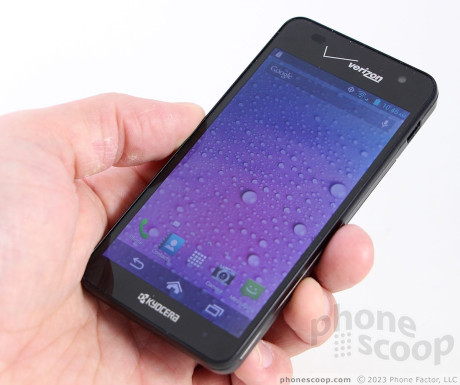
Kyocera's Hydro Elite is the first device it's sold with Verizon in years. It's a water-resistant Android smartphone that's wrapped in a small, capable package. Here are our thoughts.
Form
Is It Your Type?
Kyocera is targeting a specific user set with devices such as the Hydro Elite for Verizon Wireless. This water-resistant smartphone can take a short dunk in water and does so without costing an arm and a leg. It's a low-cost Android phone that should appeal to budget-device seekers looking for that little something extra.
Body
The Kyocera Hydro Elite is a notable device for several reasons. First and foremost, it marks Kyocera's return to Verizon Wireless, where it hasn't sold a phone since 2007. The company now sells devices with Verizon, Sprint, and Sprint's subsidiaries, Boost and Virgin. The more distribution points, the better. The Elite is also the latest in Kyocera's line of water-resistant devices, a feature it is looking to use to differentiate its products from the competition.
The Elite is a compact device thanks to its average screen size. It's about the same length and width as an iPhone 5/5s, but the depth is a wee bit thicker. It's a black slab, but Kyocera took some steps to give the Elite its own look. The back surface is a mix of textures and materials. The top of the back surface is glossy plastic, while the lower portion has a matte, textured look and feel. The battery cover is wedge-shaped, which creates a sloping line on the side edges of the phone. I get what Kyocera was trying to do here, but the look doesn't come across as cohesive. Instead it looks a bit cobbled together from spare parts. From the front, it looks like most other plain black slab phones.
The materials are OK, but not the greatest. The glossy and textured back surfaces feel a bit on the cheap side to me. The texture is among the grippy-est I've encountered, though. The Elite really sticks in your hand, even when the device is wet. The glass that makes up the front surface has a nice feel to it. Otherwise the phone feels well built. It comes across as solid and strong. The Elite is small enough that it will easily fit into most pockets.
The front surface is all glass save for a pronounced rim that circles the display. The rim serves to protect the glass when the Elite is placed on a flat surface. I understand the purpose of the rim, but that doesn't make it feel any better in the hand. It's a bit sharp as far as I'm concerned. The Verizon logo is displayed prominently above the display and the user-facing camera is clearly visible. The more observant will notice that there is no grill for the earpiece speaker. We'll get to that in a bit. There are no buttons below the display to control the user interface. Instead, software buttons come and go as needed on the screen itself.
The volume toggle is on the left edge of the phone. I wish it had a slightly better profile, which would make it easier to find. Despite the low profile, travel and feedback was good. The only other button - the screen/lock button - is perched on top. It also has a relatively low profile, but is easy enough to find along the top edge. Travel and feedback is quite good.
The Elite is water resistant. It can sit in 1 meter of water for up to 30 minutes. Unlike many devices that offer this feature, the Elite is free of hatches and plugs. That means there's nothing protecting the microUSB port, which is on the right edge, nor the headphone jack, which is on the top. You don't have to worry about making sure everything is perfectly sealed up. That's good, because of course most people drop phones into water on accident, not after careful preparation. I tested the Elite in several common household liquids and it survived a short bath in each. It can also handle blowing rain, sweat, and high humidity. I held it under a running faucet for a bit, and it worked fine afterward.
The battery cover peels off pretty easily, especially considering that the device is water resistant. The gasket that keeps water from entering the battery cavity - and the rest of the phone - is built into the cover and needs to be pushed firmly into place. The battery is removable. The SIM card and microSD memory cards are built into a stack with the memory card positioned on top of the SIM card. The memory card can be pulled without removing the battery.
Kyocera is known for making inexpensive mobile phones. I wish the Elite didn't feel like an inexpensive phone.
Performance
Screen
The Kyocera Hydro Elite bucks the current trend of super-sized smartphone screens. At 4.3 inches across the diagonal, the Elite's display is fairly compact. Toss in 1280 x 720 pixels, and you've got a respectable screen that offers an attractive pixel density. I thought the screen was bright and sharp. Pixels are packed tightly enough that spotting individual pixels is difficult at best. Colors are accurate, and there's no color shift or brightness drop off when the phone is tilted side-to-side. For what it is, the Elite has a nice little display.
Signal
The Elite did very well on Verizon's network in the metro NYC region. I'd say it performed above par when compared to other devices I've tested recently. It remained on Verizon's LTE network throughout my review period. It always connected calls on the first dial, and never dropped or missed any. Data speeds were good, but not the best I've seen from a Verizon phone. They were consistent, though, even in weak coverage areas. At the end of the day, I can say with confidence that the Elite is smitten with Verizon's network and holds on tightly.
Sound
The Elite is a great voice phone. The quality and volume of calls was very good in most instances. Every now and then I heard some interference - most often in the form of static - that interrupted my conversations. The Elite has what Kyocera calls Smart Sonic Receiver technology to make it possible to hear phone calls in even the noisiest environments. The technology eliminates the need for a traditional speaker in a handset, instead using vibrations to transmit sounds directly to the eardrum. Placing the phone in contact with the general area of the ear creates clear sound even in very noisy environments such as construction sites. This tech works automatically, you don't have to do anything to enable it. If you're wearing a helmet, just press the Elite against the helmet and you'll be able to hear calls better. Trust us: it works.
The speakerphone offers about the same call quality as the regular phone, but not quite as much volume as I'd like. It works fine in quiet spaces, but not noisy ones. Ringers and alert tones could have been a bit louder, but the vibrate alert produced plenty of buzz.
Battery
I was not overly impressed with the Elite's battery life, despite the presence of Kyocera's MaxiMZR and Eco Mode. Without these two tools enabled, I was barely getting a day out of the Elite's battery. With moderate email, social network, browsing, and media consumption, the Elite was gasping for breath after just 12 hours. Using MaxiMZR and Eco Mode helped a bit. MaxiMZR will analyze the owner's usage and limit the background data connection of certain apps (such as email, or Facebook) to help conserve power. The tool takes some time (a week or more) to learn your behavior, and will go so far as to automatically shut down apps that haven't been used at all in several days. Eco Mode - another Kyocera app - further helps refine its power consumption by shutting down predetermined apps once the battery reaches a predetermined percentage. I found that the Elite needed both MaxiMZR and Eco Mode to provide what I'd call "good" battery life (from 7AM to 11PM or later).
Basics
Menus
The Elite runs Android 4.1 Jelly Bean with a thin user interface skin from Kyocera. Most of the basics are unchanged from stock Android, but long-time Android users will spot a few differences here and there.
The lock screen offers four shortcuts thanks to a nifty little unlocking tool. A key appears in the center of the screen. Users need to flick it to one of four different shortcuts, including the phone, camera, messaging, and home screen. The notification shade is also visible from the lock screen.
The Elite has five home screen panels out of the box, three of which are packed with shortcuts and widgets. Naturally, users can adjust the home screens however they see fit. The main app menu is a grid of apps that can be viewed as an alphabetical grid, custom grid, or by-date grid. It cannot be viewed as a list. Apps can be placed in folders on the home screen or in the app menu.
The settings tools are stock Android and offer access to the device's underpinnings. One extra feature offered by Kyocera is Starter Mode, which dramatically simplifies the look and functionality of the user interface for new users. Kyocera recommends Starter Mode for first-time users, but keep in mind that it loses some of the more interesting features of Android, such as home screen widgets.
The notification shade provides access to toggles for the wireless controls, a shortcut to the main settings menu, and notifications. It's refreshing to see fewer controls clogging up the notification shade, (compared to what certain other manufacturers are doing.) With the Elite, you can actually see your notifications in the notification shade.
The Elite has a dual-core 1.5GHz Qualcomm Snapdragon S4 Pro processor. It struggled. I noticed a lot of stuttering with screen transitions and other animations. The home screens, in particular, did not perform smoothly. Some apps opened quickly, and others opened slowly. I've seen much faster phones in recent months.
Calls and Contacts
The phone and contact apps work on the Elite just about the same way as on every other Android 4.1 smartphone. The phone app is unaltered from the stock version with one exception: the tabs that run across the top of the screen are labeled with text and not icons. This makes them easier to decipher at a glance.
As far as the contacts app goes, there are the usual home screen widgets for direct contacts, as well as a nice widget for a collection of your favorites. The bigger widget lets you access your top nine contacts and gives you a cool UI for interacting with them on the home screen.
Messaging
As far as messaging goes, the Elite has the stock Android tools on board. The SMS app offers nice, threaded conversations; the Gmail/email apps are great ways to manage your inbox; the Google+ app is good for keeping up with your G+ activity; and the Hangouts app is as powerful as ever for IM and video chats.
Neither Facebook nor Twitter is pre-installed, so you'll have to download them from the Play Store yourself.
Extras
Media
The Google Play Store is your one-stop-shop for music, movies, TV shows, books, and magazines. It addition to the Store itself, the Elite comes with all of the ancillary apps that are used to interact with each type of content (Play Music, Play Movies, etc.) Google recently added content from more movie studios and HBO, which means you have a greater selection than before.
Of course, Verizon had to stick a few extras on board. You'll find Amazon Kindle and Audible for book reading, Amazon MP3 for music purchases, NFL Mobile for your football cravings, and Viewdini to search for online video content. Slacker Radio is also on board, as is Verizon's Viewdini app. Viewdini helps people find content both online and on their TV set. All of these apps have been around for a while and work well.
In terms of sharing, the Elite has DLNA on board, which uses an app called DiXiM to manage the process of handshaking with other devices. As long as you have a good Wi-Fi network at home, it's a breeze to push content from the Elite to your HDTV.
Camera
The Elite's camera isn't too different from that of the stock app. There's no dedicated camera button, so the camera must be launched from the lock screen shortcut or the app icon itself in the main menu. It opens fairly quickly, but could open swifter.
The viewfinder fills about 80% of the screen, and there are control strips on the left and right sides. The left side offers a tool for zooming in and out, as well as access to the camera's main Settings menu. The Settings menu let users adjust picture size, brightness, white balance, exposure, image stabilization, focus, and more. There are several "picture modes," including normal, color effect, multi-shot (burst), smile shutter (fires the shutter when the camera ”sees” a smile,) and HDR.
The shutter button is on the right side of the screen. I like how big the software shutter button is. There's a nice, easy-to-use tool for switching between the camera, video camera, and panorama modes, as well. The camera also provides quick access to the photo gallery.
The camera is one app that suffers from speed. There's a noticeable lag between pressing the camera button and when the camera actually shoots the image. This effect is pronounced if you use the touch-to-focus feature. The camera also takes a second or two to save each image and return to shooting mode.
Pictures
The Elite's 8-megapixel camera does a pretty good job. I noticed sharp focus on most images, accurate white balance, and good exposure. The one thing the Elite had trouble with was bright spots in the background, such as a window or lamp. Otherwise, it did well, even in low-light situations, at capturing the right amount of photons. The Elite's camera does not challenge those of the HTC One or Samsung Galaxy S4, but it's among the best I've seen on a Kyocera-made device.
Video
The Elite can capture 1080p HD video, and the results I achieved looked good. I was pleased with the sharpness of the video, as well as the exposure and color. In general, it will deliver results that accurately represent the real-life subject. The only complaint I'd voice is that there's perhaps a bit more grain than I'd like to see. Most people will be pleased with the results, and not shy about sharing them.
Gallery
The Elite uses the stock Android gallery application. It doesn't offer anything new or different compared to other Android 4.1 phones. It's acceptable for managing photo albums and sharing photos with social networks. It also has a some simple editing features, such as crop, rotate, red-eye reduction, and filters that help correct color, exposure, and other issues.
Apps
There are a lot of Verizon-branded apps on board, as well as useless extras. You'll find Caller Name ID, IMDb, and QuickOffice; as well as My Verizon Mobile, Verizon Tones, VZ Navigator, and VZ Security. Most of these cannot be deleted, but there's still a fair amount of storage left on the Elite for your own apps and content.
Bluetooth
The Elite's Bluetooth radio worked well. I was able to connect with an array of other gadgets and pass phone calls and music to mono and stereo headphones. Calls sounded great through my car's hands-free system. Music also sounded good via Bluetooth. I had no trouble pushing files between devices.
Browser
The Elite includes Google's Chrome browser. Chrome worked perfectly at rendering web sites over Verizon's network. Web sites were reasonably quick to load, for the most part, and web sites looked good on the Elite's display. The Elite's screen was good at making web sites painless to read and interact with.
Clock
The Elite's clock is a digital display that shows up when the phone is woken from sleep. It's big enough to be read at an arm's length. I was unable to find a way to adjust the font or appearance of the clock on the lock screen, but you can download a bazillion clock widgets for the home screen panels.
GPS
The Elite includes Google Maps and VZ Navigator. Google Maps and VZ Navigator are both good in their own right. I find Google is better at searching for local stuff while VZ Navigator is slightly superior at live navigation. It had better be, however, considering that it costs $10 per month to use and Google Maps is free. The GPS radio itself often found me in fewer than 10 seconds and was accurate to within 25 feet.
Wrap-Up
The Kyocera Hydro Elite is a decent little phone, but not without faults. Kyocera has a few key strengths to lend to its phones, and they are put to good use in the Elite.
The Elite is water resistant. To people who lead semi-active lifestyles, or are prone to losing their grip on their phones, this could be the only feature they need. In our tests, the Elite survived being dunked in water, beer, and milk with no problem. It's not rugged, though. The Smart Receiver technology means that phone calls can be heard pretty much anywhere you take the Elite. Thankfully, the Elite's strong signal performance means you'll always receive those phone calls. The Elite's battery life could be much better, though. Perhaps over time, using Eco Mode and MaxiMZR will deliver the adjustments needed to make it good.
The Android operating system and associated apps and services all function fine, for the most part. The Elite ran a little slow and felt a little bogged down from time to time, though. The camera is one app that felt especially sluggish. Its decent pictures and video make up for the slow performance a little bit.
If you want or need an inexpensive Android smartphone that's water resistant, the Elite is a solid choice. If you need something more rugged or outdoorsy, you may want to look at Casio's latest G'zOne device.
Comments
This would be a nice phone...
I'm surprised that th...
(continues)


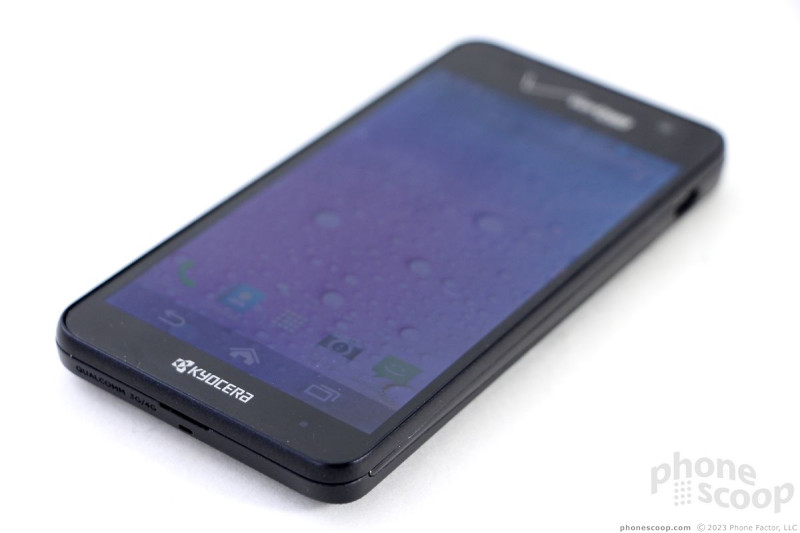















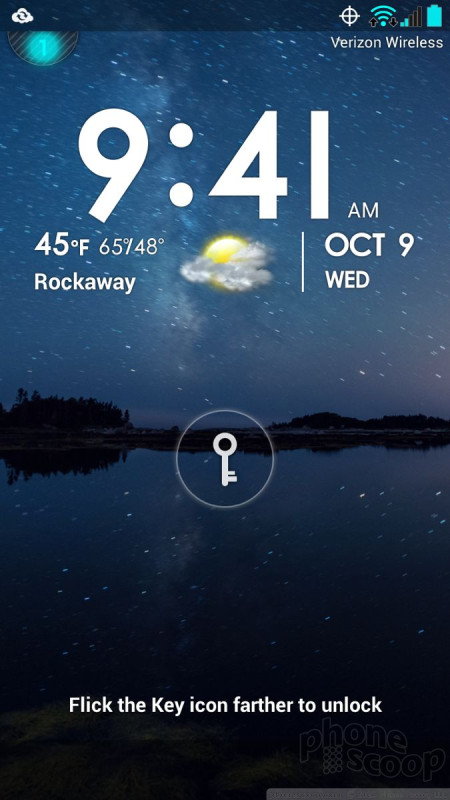






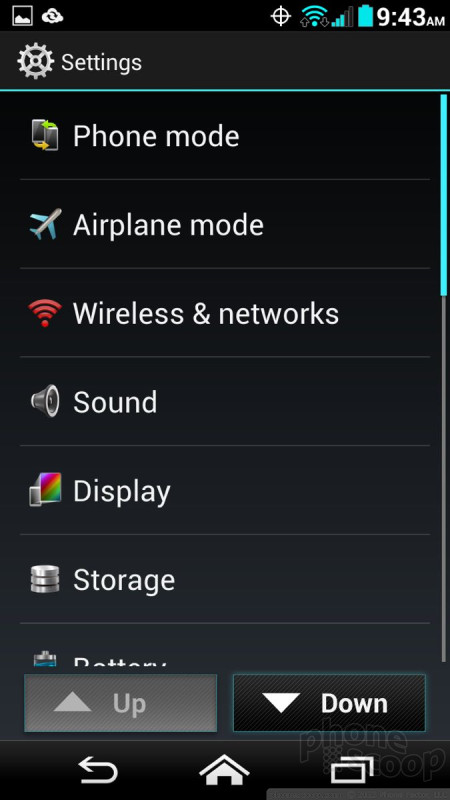




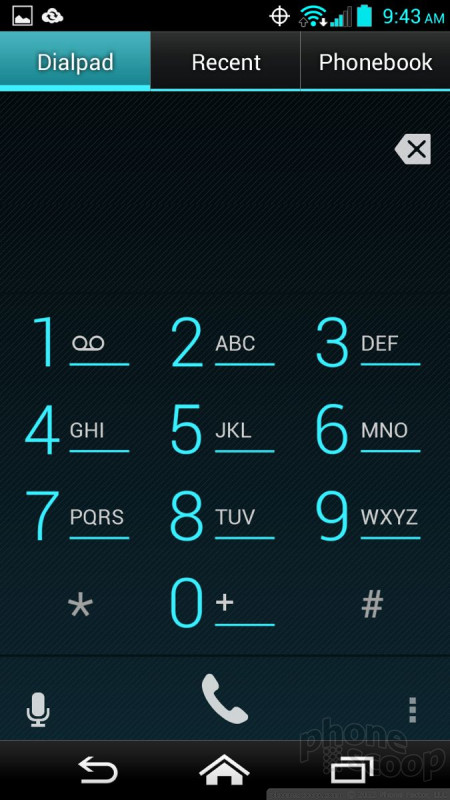




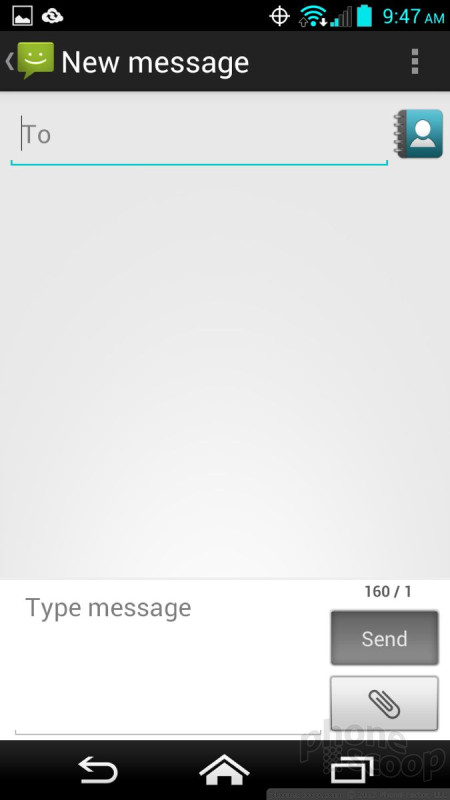




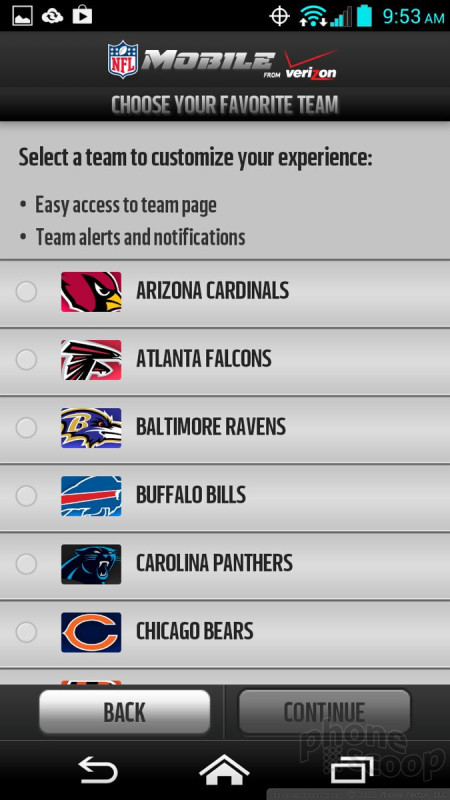




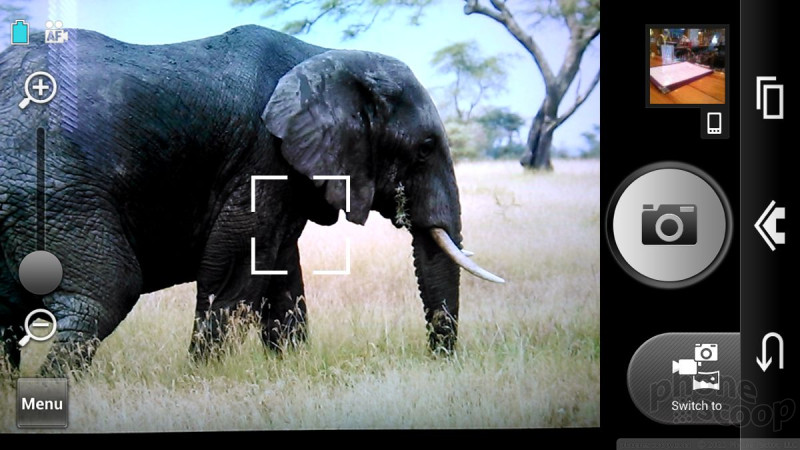




















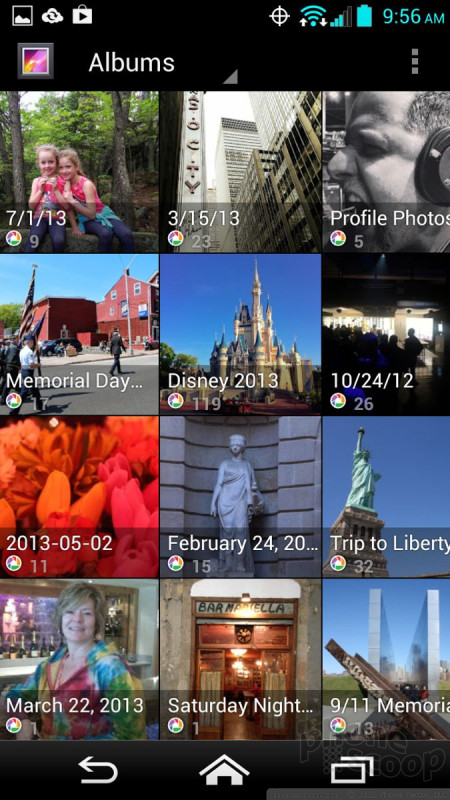






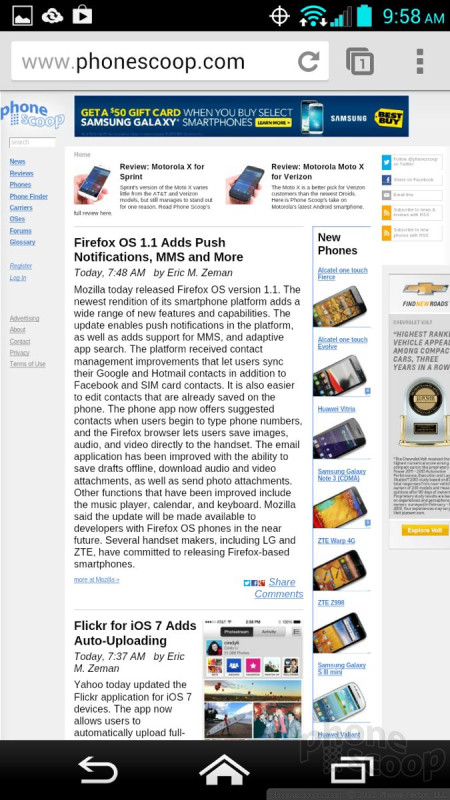



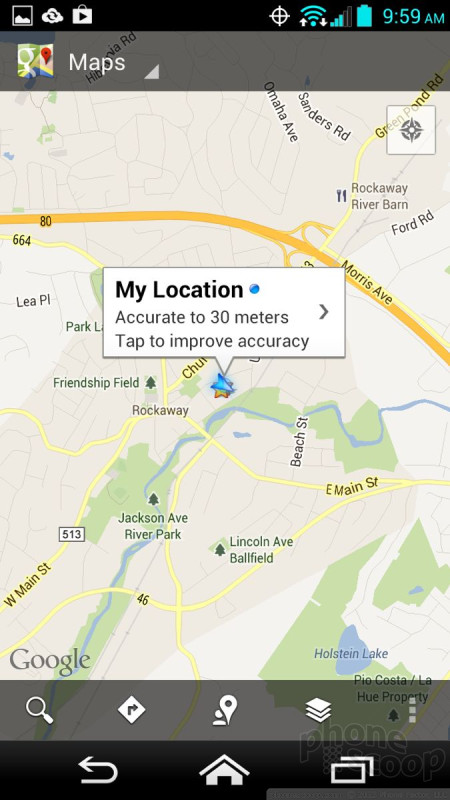


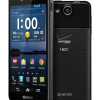 Kyocera Brings Hydro Series to Verizon
Kyocera Brings Hydro Series to Verizon
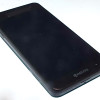 FCC Reveals Water-Resistant Kyocera C6750 for Verizon
FCC Reveals Water-Resistant Kyocera C6750 for Verizon
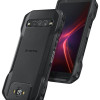 Kyocera Brings DuraForce Pro up to Date
Kyocera Brings DuraForce Pro up to Date
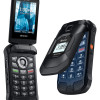 Kyocera Brings a Rugged Flip Phone to FirstNet
Kyocera Brings a Rugged Flip Phone to FirstNet
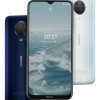 Nokia Brings New G Series to US
Nokia Brings New G Series to US
 Kyocera Hydro Elite
Kyocera Hydro Elite




